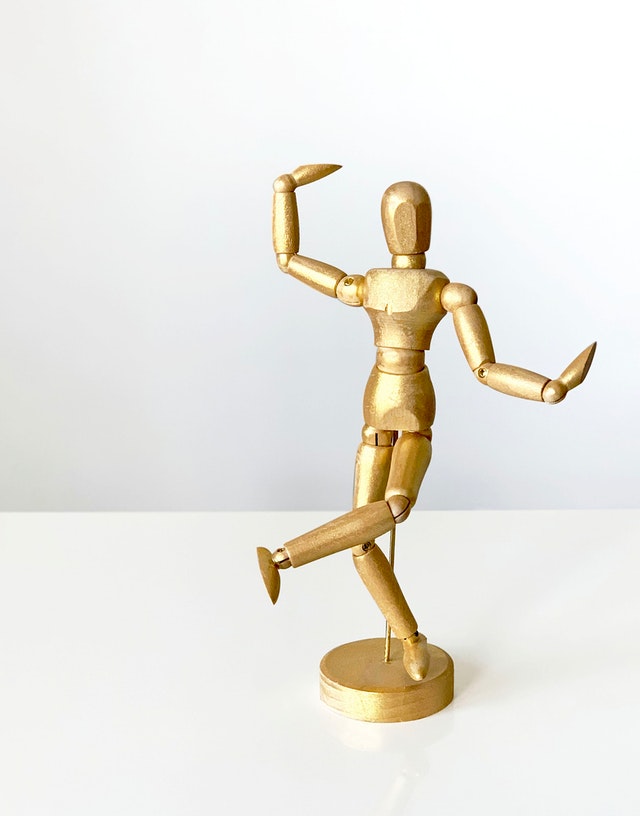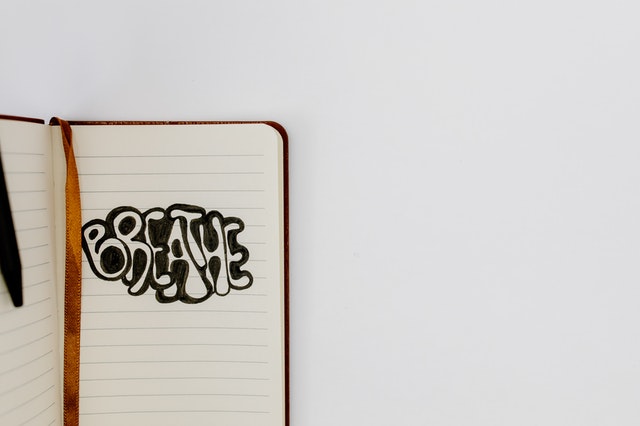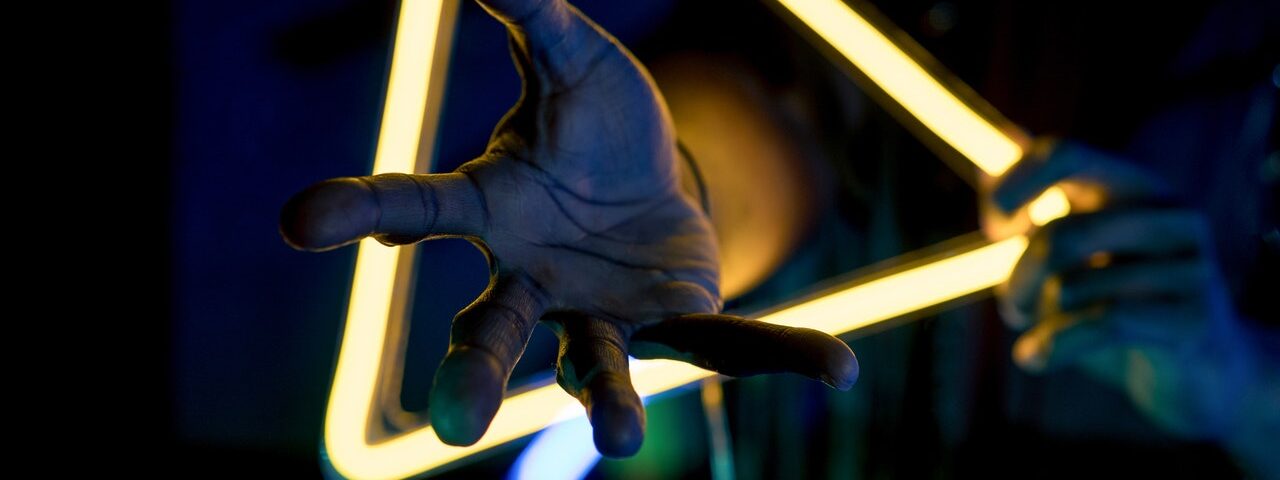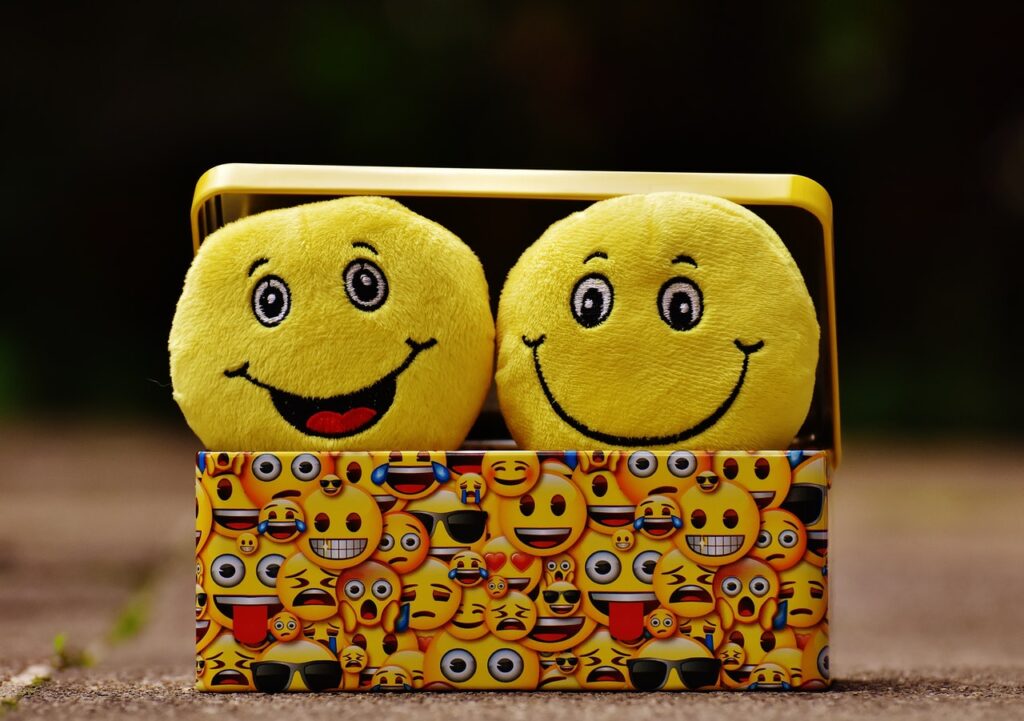Think back to the last proper face-to-face conversation you had. Recalling what was said shouldn’t be too much of a hassle. Do you remember how you felt walking into that room? Words may convey the message, but factors like intent and vibes lie in the realm beyond words and voices. In the world of body language and nonverbal communication, a keen eye and a calm mind are your compass and anchor, respectively. Across the board, these silent cues constitute around 60% of all communication between individuals. Paying attention will pay off, big-time!
Body Language: A Subconscious Sense
Learning to read nonverbal cues is similar to taking a crash course for a subject you already took some time in the past. The simple actions that form part and parcel of daily conversation are second nature to us. There’s no conscious thought process to it when it happens, but when you read about it, the lightbulb in your head goes off! Nonverbal communication is a skill that we begin learning from the day we enter this world, through observation and mimicry. Before we get into the intricate science of it all, let’s understand the broader perspective first.
- Body language is the group of mannerisms, physical movements and postures that convey and communicate different signals to onlookers.
- Nonverbal communication is the umbrella term for communication cues that lie outside the realm of speech. Body language falls under this category, but it’s just one piece of the puzzle. If you use your noodle a bit, you’ll see the nuance that non-verbal communication can bring to an interaction. For example, the slightest change in tone can change the whole vibe of a conversation. So can the amount of eye contact involved, so keep your eyes and ears peeled!
You’re probably starting to see why non-verbal communication is a big deal by this point. It wouldn’t be a stretch to say it’s the silent sentinel of everyday meet-and-greets. Now that we’re done with the WHAT, let’s move on to the HOW of it. How does body language factor into our lives? Let’s break it down, one aspect at a time.
Deciphering Body Language

A Sleight Of Hand…
What flags off business meetings and diplomatic summits? A firm handshake. Before any words are spoken, you already have a first impression of the person. Hands play a bigger role in body language than you might presume. Here’s a glance at common cues you can look for with people’s hands and their arms in a conversation.
- You can get a heads-up on their general vibe just by glancing at their hands. Relaxed, free and open palms? You’re good. Folded arms, clenched fists and tight shoulders? They’ve got their guard up.
- Agitated hand and arm gestures often convey urgency. It’s one of the more intense manifestations of body language as a whole. They become the center of attention in most rooms by doing so, which serves the purpose well.
- Placing hands on their cheek/chin area means you have their attention. It’s a reliable indicator that they’ll be the ones who hang on to your every word.
- Arms are the demarcators of personal space. Arms behind one’s back can denote vigilance or a general lack of trust. Resting both elbows on a table could mean general disinterest in a conversation. Crossing arms can signify confidence and indifference, depending on the general inclination of the body frame itself.
- Fidgety hands betray a lack of confidence. One of the most common traits of nervousness and anxiety in general is not knowing what to do with your hands. The other body language factors will differ based on how the person in question processes their distress.

Eyeing A Good Impression…
Eye contact is a focal point in most conversations. They can blow the whistle on your true intentions even when the rest of your body tries to push a different narrative. Are they really the window to your soul, however?
- Watch that shutter speed for signs of distress. People tend to blink more when they’re in a pickle. It could also mean that they’re on high alert.
- The eyes will choose what the heart desires most. The focus of their gaze in a conversation can tell you a ton about their priorities in that moment. Where the eyes go, the mind will often follow, so keep that in mind the next time you need to have an important conversation!
- Moving eyes? Pay attention. Depending on what side they move to, it could signify deep thinking, confusion or even contempt! In certain cases, eyes constantly on the move are a sign of nervousness and discomfort.
- People block their eyes when in a state of distress. It is often blink-and-miss, but it’s a telltale sign that they would rather be anywhere but right there in that moment.
- Eye contact is synonymous to connection. There’s a fine balance to strike between coming off as attentive or imposing with how much eye contact is required. Fields like oculesics study these intricacies and derive insights from them.

The Stances You Take…
Spatial orientation doesn’t receive a second thought when we walk into conversations. Depending on the context, however, your posture and body language can express your attitude much better than words can. It’s a deal-breaker in some conversations, cutting them short before they gain any traction. How?
- Angle is crucial. Are they leaning INTO what you’re saying? Or are they chilling, elbows resting on a desk while nodding along for the sake of it? Pay close attention!
- A straight stance with hands at the sides is a sign of attention. It’s a trademark pose that shows the person’s already sold on what you’re saying. Perfect time to make a strong statement, then!
- Shoulders are the bookends of body language. Are their shoulders hunched over? Must be a lack of stamina (physical or otherwise). Your shoulders play a significant role in how imposing your frame seems to other onlookers in a social interaction.
- The way they turn to face you is worth noting as well. If they turn their whole frame to face you when you approach them, you’re good! If they swivel only their faces, maybe come back later when they’re in a more welcoming mood.
- When sitting down, notice how free their posture is. While sitting straight as an arrow can signal confidence, it can also convey being uncomfortable to an extent.

Body Language Beyond The Surface…
Body language isn’t just about the body! There’s far more nuance to nonverbal communication than what your eyes can see. Personal space establishment, breathing patterns, and tone of voice tie a bow on the message you want to send across. Let’s meet the spinning rims in this machinery!
- The breathing drill is simple. Rapid, heavy breathing is a clear sign of an adrenaline spike. Calm, spaced-out breathing conveys a far more desirable ideal: peace.
- How close are they to you? This question works both literally and figuratively. They don’t call it keeping someone at arm’s length for nothing!
- Voice goes hand-in-glove with demeanor. A clear voice shows an open and confident attitude. The breathier it gets, the more they’re probably feeling the pressure.
- Tone can often hard-carry conversations. Some situations require a stronger tone, when you need to “own” the room and the crowd inside it. In the context of negotiations, you might want to pick a more mellow tone to show you’re being non-confrontational.
- Pro-tip to catch a fake smile: The eyes don’t get the memo, they stay neutral. Once you pay attention, it’s almost unsettling how jarring the blank stare and half-smile combo can be!

The Culture Equation…
Actions carry different meanings because perception is always a part of the puzzle. Not just individual personality, but their cultural views play a part in how they process certain actions. Try to think of a few examples, and see if they match the ones below!
- Across the world, shrugging shoulders shows indifference. No matter what language they speak, they’ll understand.
- Finger-counting goes by different patterns worldwide. I start counting from my thumb, which people around me in India find quirky for some reason.
- Using your left hand for any kind of nonverbal communication is a huge no-no in India. Most other countries are chill about it. Sorry, lefties.
- Nodding can mean yes, or just OK. In some cultures, nodding just means: “Yeah, I hear you.” You’ll have to get a stronger confirmation.
- Eye contact thresholds vary across cultures. In some places on the eastern side of the world, you’re better off keeping eye contact to a bare minimum.
Body Language: Complete Communication
The nonverbal communication rabbithole runs much deeper than what you read here. We’re just getting started! Learning these cues and trademark tics give you a head start of sorts in most conversations before the first word is uttered. All it takes is some keen observation and quick thinking. Want to see more articles exploring topics related to body language? Let me know in the comments, or through the link below!


